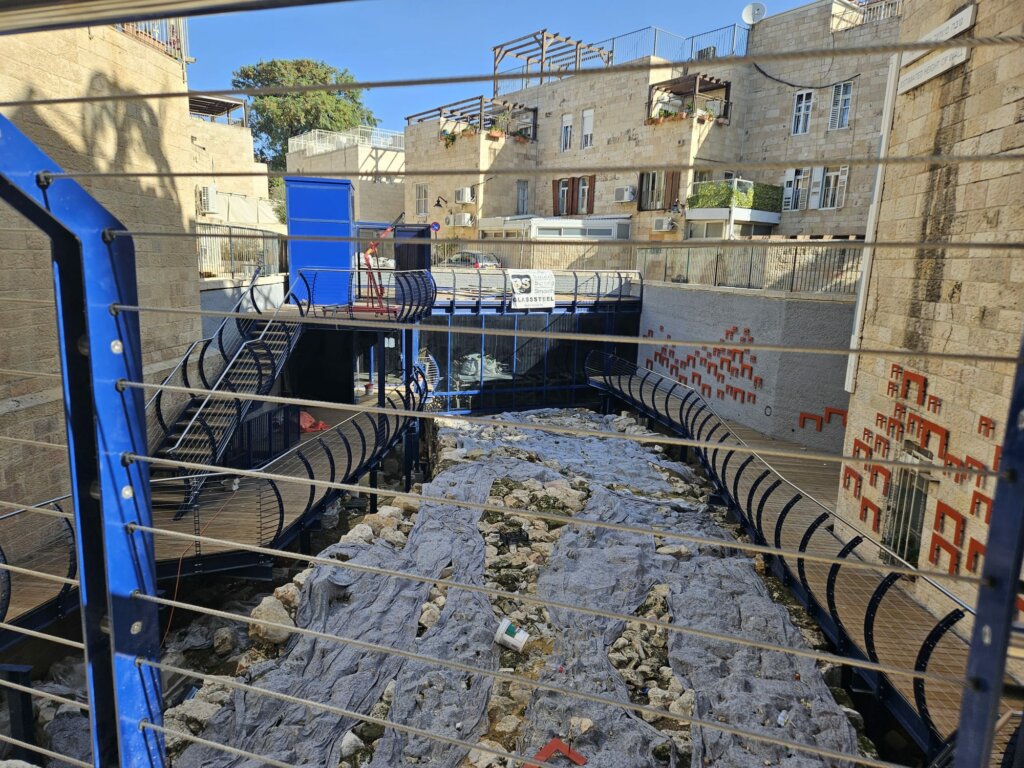A couple of 12-year-old boys hiking in the hills west of Jerusalem discovered a coin from the time of Herod Agrippa I.
An analysis of fingerprints on Late Bronze pottery discovered at Tel Burna suggests that the potters were mostly young females.
Haaretz has a story about the miniature Jeroboam seal impression that a new study claims is genuine. (It was real before it was fake before it was real again.) Some, I suspect, may grow only more suspicious of the authentication methods in use. BHD has a brief response from Christopher Rollston.
Lawrence Schiffman discusses the recent research that supports the existence of a centralized government during the time of David and Solomon.
Biblical Archaeology Society has released its 2024 digs list, featuring 20 excavations mostly in Israel and Jordan. They do us a great service by compiling this list every year. They are also offering $2,000 dig scholarships.
David Moster has created a video telling the story of Ruth using beautiful images from the American Colony photo collection.
Approaching Jerusalem looks back at three topographical disagreements in the middle of the 19th century between Edward Robinson and George Williams, including the route of the Second Wall.
Jewish Press has a rare article on the important biblical site of Beth Horon. I don’t think I was aware of the lookout point that he mentions.
Leon Mauldin shares a couple of aerial photos of Joppa.
The 125th anniversary celebration of the German Protestant Institute for Archaeology has been rescheduled to March 4-7.
Israeli guide Dan Mossek is guest on the GTI Tours podcast discussing Hanukkah and Jesus’s declaration that he is the light of the world.
John DeLancey has posted a 1-minute non-narrated video walking into the Chapel of the Shepherds at Shepherds’ Field in Beit Sahour.
Nathan Steinmeyer looks at why it is so difficult to determine what the star of Bethlehem was.
Bryan Windle lists the top ten archaeological discoveries related to Christmas. They are quite interesting, and I was unaware of a couple of them.
HT: Agade, Ted Weis, Gordon Dickson, Arne Halbakken, Paleojudaica
